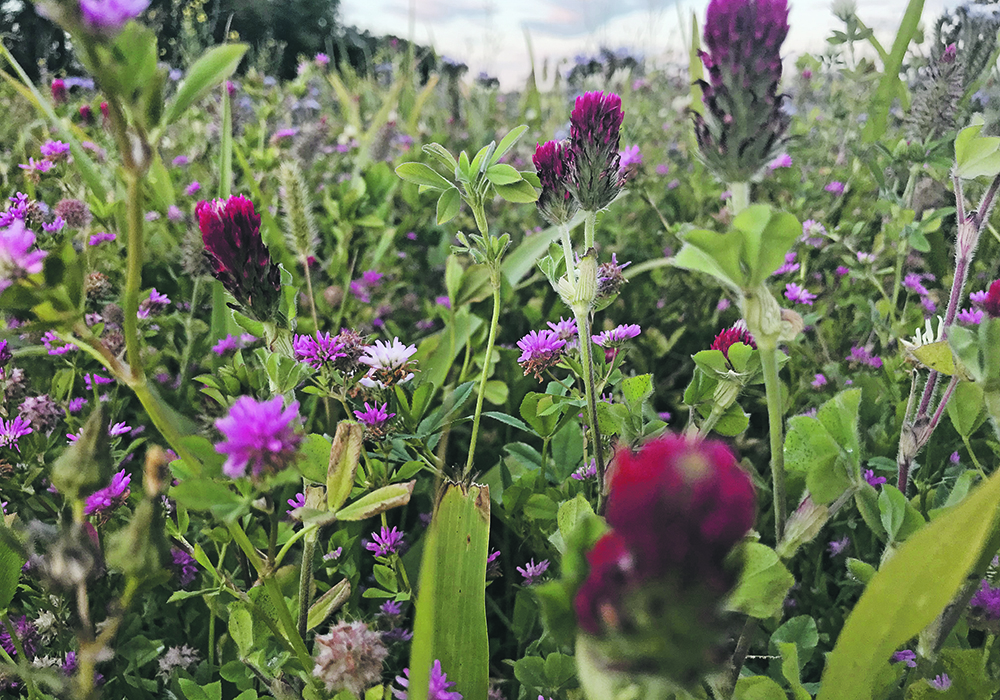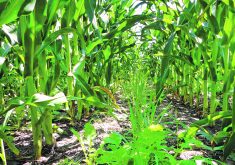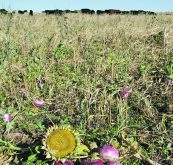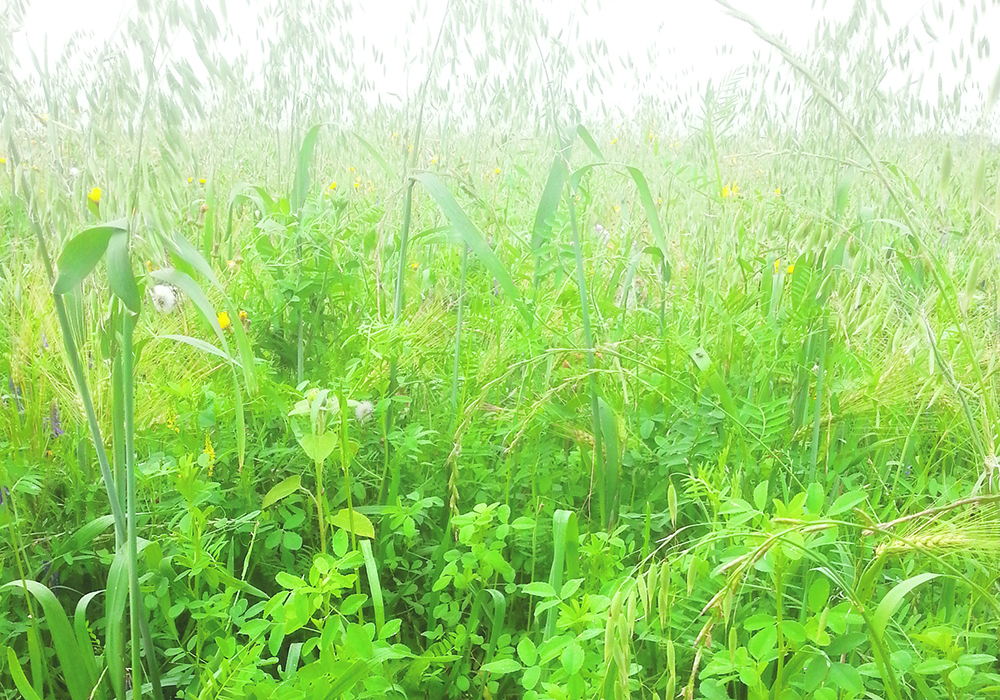Cover crops can help reduce erosion, hold soil moisture and improve soil health. Now a growing number of producers are using cover crops to also provide more forage for livestock.
University of Manitoba researchers are conducting surveys to see how and why producers are using cover crops.
Emma McGeough, associate professor in the U of M animal science department, says use of cover crops for livestock forage is an exciting area of research. Though various types make good forage, producers need to remember that cattle need a balanced diet.
Read Also

Saskatchewan dairy farm breeds international champion
A Saskatchewan bred cow made history at the 2025 World Dairy Expo in Madison, Wisconsin, when she was named grand champion in the five-year-old Holstein class.
Intercropping, which involves planting a cover crop along with a main crop, is used to grow forage for use after the main crop is harvested.
“If this doesn’t work in a particular field, it helps to look at the big picture,” says McGeough. “What’s the weather contribution and the soil contribution? A person needs to keep an open mind and be willing to try something more than once, and maybe tweak it a little the second time,” for example with a different seed blend or percentage of each species in the mix.
Yvonne Lawley, assistant professor of agronomy and cropping systems at the U of M, says it’s also important to have a goal and then assess how the cover crop performed in relation to the goal.
“Is the goal to produce quality cattle feed? Or to have cover on the soil to reduce erosion? Or are you trying to achieve something more long term, such as microbial activity in the soil? Think about how you are going to work toward the goal and assess your success.”
Some goals are short-term, like producing more feed for fall and winter or keeping the ground covered throughout the year.
“Other goals, like increasing the amount of organic matter and building better soil structure, can only happen with time,” Lawley said.
Adds McGeough: “If you are feeding it to cattle, what are the requirements of the cattle and when do you anticipate feeding it?”
She recommends monitoring the stage of maturity and nutritive value and with annual crops, checking nitrate content is critical.
In 2020, Lawley conducted a survey across Western Canada to see how many producers use cover crops. Now published, the results could show producers what works for others in their region.
“The need to know what is going on with cover crops was one of the motivations for this survey,” said Lawley.
“When we started this project, I didn’t know if I would be talking with 50 farmers or 100. We didn’t know how many are actually trying this. We were overwhelmed by the response, especially from the Prairies. We did a similar survey in Ontario, the results of which were also released in the fall of 2021,” she said.
“We had 281 farmers in the three prairie provinces who responded to the survey and grew a cover crop in 2020. Those 281 farmers together grew just over 100,000 acres of cover crops.”
There are two windows of opportunity for growing prairie cover crops and Lawley found they differ by goal.
“In our Prairie Cover Crop survey, 47 percent of farms grew a shoulder season cover crop and 81 percent grew a full-season cover crop. These are probably annual forage crops that livestock producers utilize for grazing cattle, but they may also have a goal for their soil as well,” said Lawley.
“This is why the beef producers who responded called it a cover crop. For the survey, we had a flexible definition of what was a cover crop. We wanted farmers to tell us what they thought was a cover crop, but it couldn’t be a cash crop. It could be any crop that was grazed,” she said.
Results showed 55 percent of the 102,539 acres reported used shoulder season cover crops and 45 percent were full season, with no regional specificity.
“This was interesting because at first we thought there might just be a few clusters and places where farmers are adopting cover crops on the Prairies. We were surprised to see that this is happening across all regions.”
Lawley said farmers are exploring cover crop use, which is often a learn-as-you-go process.
“We asked the farmers where they are getting information about cover crops. Their own experience and advice from other farmers are the most common ways right now. I’m hoping this survey might embolden funders of research and knowledge transfer to decide that now is a critical time to help early adopters who could benefit from more research and knowledge transfer.”
Many survey respondents said they were willing to try it on small areas first to reduce risk. Last year’s drought was a tough time to try anything new.
“We are getting some snow right now, which might put them in a better spot for all crops and not just intercropping and cover crops,” Lawley said.
“In the survey one surprising finding was that over 35 percent of the prairie farmers who responded were establishing their cover crop as an intercrop. This serves several purposes and grabbed my attention because I’m leading a prairie-wide cover crop experiment — a crop rotation study to compare rotations with and without cover crops at five locations across Alberta, Saskatchewan and Manitoba.
“In this rotation experiment, over the past four years we’ve had challenges establishing cover crops after harvest of other crops, since those years have all been very dry.
“This survey statistic points to the need to look at strategies of intercropping, to plant the cover crop earlier in the season along with the primary crop,” said Lawley.















